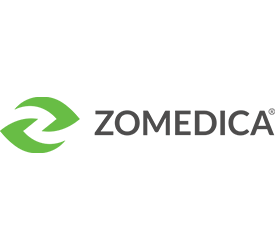Conclusion
Canine and feline practitioners will inevitably encounter the endocrinopathies discussed in these guidelines. The clinical signs of these diseases are typically nonspecific and often highly variable and in some cases can be iatrogenic in origin. Early-stage disease can be subclinical. Adding to the complexity of endocrine disease is the possibility of comorbidities, some of which can be secondary to advancing age, as in the case of canine hypothyroidism and hypercortisolism and feline hyperthyroidism. Collectively, these factors place a premium on diagnostic testing and an accurate patient history to arrive at a diagnosis and effective treatment plan. Careful treatment monitoring is indicated in endocrinopathy management, including noting the presence or resolution of clinical signs, trends in endogenous hormone levels, and therapeutic dose adjustments. The guidelines are intended to help practitioners logically deconstruct the ambiguous presentations that often characterize endocrine diseases. The algorithm tables included in the guidelines are designed to enable practitioners to quickly work through a diagnostic and treatment progression to address these often-challenging cases.
The authors declare no conflicts of interest.
The authors gratefully acknowledge the contribution of Mark Dana of Kanara Consulting Group, LLC, in the preparation of the manuscript and Robyn Jolly for her assistance during the task force meeting.








